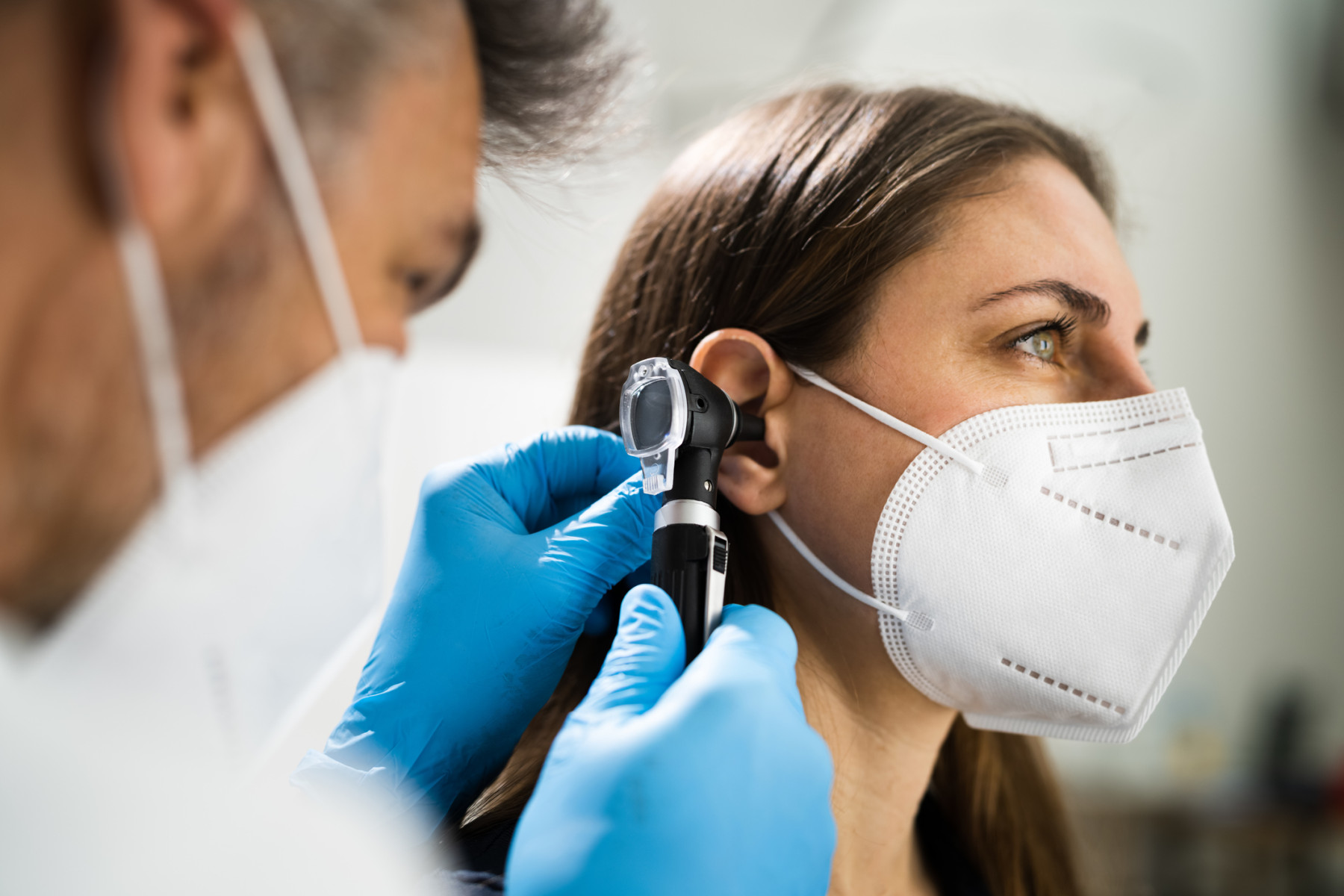Kathleen Davenport, MD, a physiatrist at HSS Florida in West Palm Beach, is not surprised. She specializes in the nonsurgical treatment of orthopedic injuries and conditions, with special expertise in dance medicine. HSS Florida is the regional outpatient location of New York’s Hospital for Special Surgery, consistently ranked the number one hospital for orthopedics by U.S. News & World Report and other organizations.
“I have patients ranging in age from young children to 90-year-old adults who enjoy Latin and other styles of dancing,” says Dr. Davenport, who serves as company physician for the Miami City Ballet and is president-elect of the International Association for Dance Medicine and Science. At HSS Florida, she treats both professional and recreational dancers.
A competitive ballroom dancer herself, she enthusiastically supports the activity for its physical and psychological benefits. “I like to say that dancing checks a lot of boxes. In social dancing, you interact with different people and can make new friends, which has multiple psychological benefits,” she explains. “On the physical side, you need good balance, you need core strength, you need strength in your lower and upper extremities if you’re doing partner work. Dancing can also be an excellent cardio workout.”
Some studies show that physical exercise is also good for brain health. “When dancing you need to remember the steps and how to do them. We have found that dancing is beneficial for people of all ages as it can help keep memory active as we go through our years,” Dr. Davenport says.
Perhaps best of all, dancing just feels good, with many people experiencing a sensation similar to the so-called “runner’s high.” “When you do something enjoyable, particularly physical exercise, endorphins are released, which are our ‘happy’ hormones. By releasing these hormones, our body encourages us to keep engaging in these activities,” she explains.
As with any athletic activity, good practices help prevent injury. Dr. Davenport offers advice to get the most out of dancing for fun and physical fitness:
- It’s all about technique. If new to social dancing, take some lessons to learn the correct steps and the proper technique. Many social events start with a group lesson and warm up.
- Start slowly. Ramp up gradually as you build muscle strength and endurance. Don’t start out by dancing for hours without a time out. This is hard on the body and can lead to injury.
- Warm up ahead of time. Do a cool down after the dance with some gentle stretching.
- Listen to your body. If you’re tired, take a rest. It may be advisable to skip an event if you overdid it dancing the day before. This will help you avoid an overuse injury.
- Stay hydrated. Dancing can provide an excellent workout, so keep water on hand to ensure adequate fluid intake.
- If you experience pain or a potential injury, however slight, come off the dance floor. Continuing to dance could turn a minor problem into a more serious injury.
- Choose the right shoe for your style of dance.
- Take an honest look at your footwear. For Latin dancing, for example, heels are generally recommended, but it’s not the right shoe for all women. Make sure you’re in a shoe that is supporting the activity and not causing pain.
- Parents are advised to check their children’s dance shoes every year. Adults should check their shoes at least every two years or after recovering from a foot injury to make sure they still fit well.
- If you’re a former or experienced dance enthusiast who has taken a break, ease back into it. Transition slowly back to your previous level.
- At some venues, the music is very loud. Consider asking the DJ to lower the volume or wear ear plugs if it becomes uncomfortable.
- People just starting out may want to learn about dance etiquette. Studios and dance clubs often post helpful information on their websites.
Dr. Davenport says engaging in good practices can help everyone reap the benefits of dancing now and in the future.
About HSS
HSS is the world’s leading academic medical center focused on musculoskeletal health. At its core is Hospital for Special Surgery, nationally ranked No. 1 in orthopedics (for the 13th consecutive year), No. 3 in rheumatology by U.S. News & World Report (2022-2023), and the best pediatric orthopedic hospital in NY, NJ and CT by U.S. News & World Report “Best Children’s Hospitals” list (2022-2023). In a survey of medical professionals in more than 20 countries by Newsweek, HSS is ranked world #1 in orthopedics for a third consecutive year (2023). Founded in 1863, the Hospital has the lowest complication and readmission rates in the nation for orthopedics, and among the lowest infection rates. HSS was the first in New York State to receive Magnet Recognition for Excellence in Nursing Service from the American Nurses Credentialing Center five consecutive times. An affiliate of Weill Cornell Medical College, HSS has a main campus in New York City and facilities in New Jersey, Connecticut and in the Long Island and Westchester County regions of New York State, as well as in Florida. In addition to patient care, HSS leads the field in research, innovation and education. The HSS Research Institute comprises 20 laboratories and 300 staff members focused on leading the advancement of musculoskeletal health through prevention of degeneration, tissue repair and tissue regeneration. The HSS Innovation Institute works to realize the potential of new drugs, therapeutics and devices. The HSS Education Institute is a trusted leader in advancing musculoskeletal knowledge and research for physicians, nurses, allied health professionals, academic trainees, and consumers in more than 145 countries. The institution is collaborating with medical centers and other organizations to advance the quality and value of musculoskeletal care and to make world-class HSS care more widely accessible nationally and internationally. www.hss.edu.



